Why not visit some of the most treasurable relics of Vietnam with your group of friends or family? For hundreds of years, these traditional handicraft villages of Hanoi have been widely known (both domestically and internationally) for their amazing products and magically skillful working communities! If you travel to Hanoi and have two days or more (if you have less, check this out), you should really talk to these villagers in person and exchange a cultural experience. This article will provide you a general overview of some of the oldest Hanoi traditional handicraft villages, as well as a brief rundown of how to get there in the most local way!
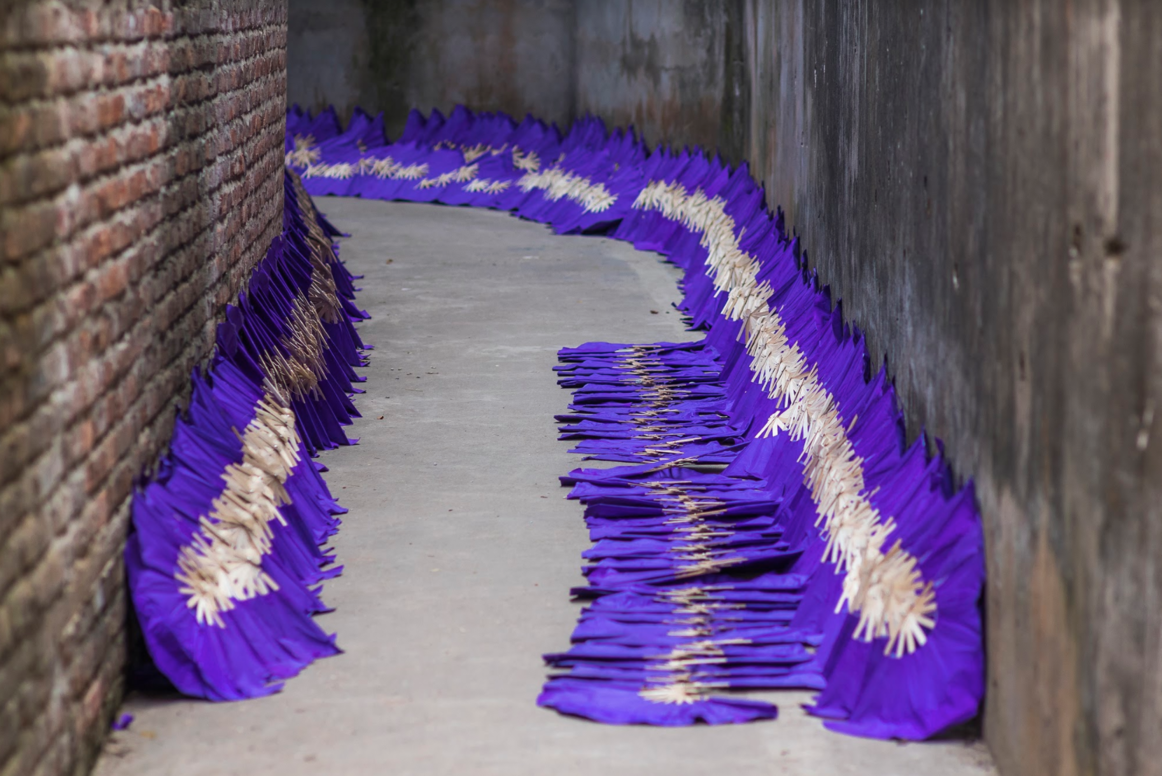
Pro Tips: most of these products are free from chemicals since they were invented hundreds of years ago so you may want to splurge and get a couple of eco-friendly items for your house.
Contents
Bat Trang Pottery Village
With its fame remaining strong over 1,000 years, Bat Trang Pottery Village crafts the most delicate, most valuable Vietnamese ceramic products. For the entire last millennium, Bat Trang products were widely favored among the noble classes and exported to various countries, including Japan. The high quality and mythic light blue glazes, paired with the hand-drawn decorative images speak much of an artistic creative process that has been retained over time. The name “Bat” itself, written in Chinese characters, implies a message that the founders wanted to deliver to their children: when we are wealthy, don’t forget our roots.
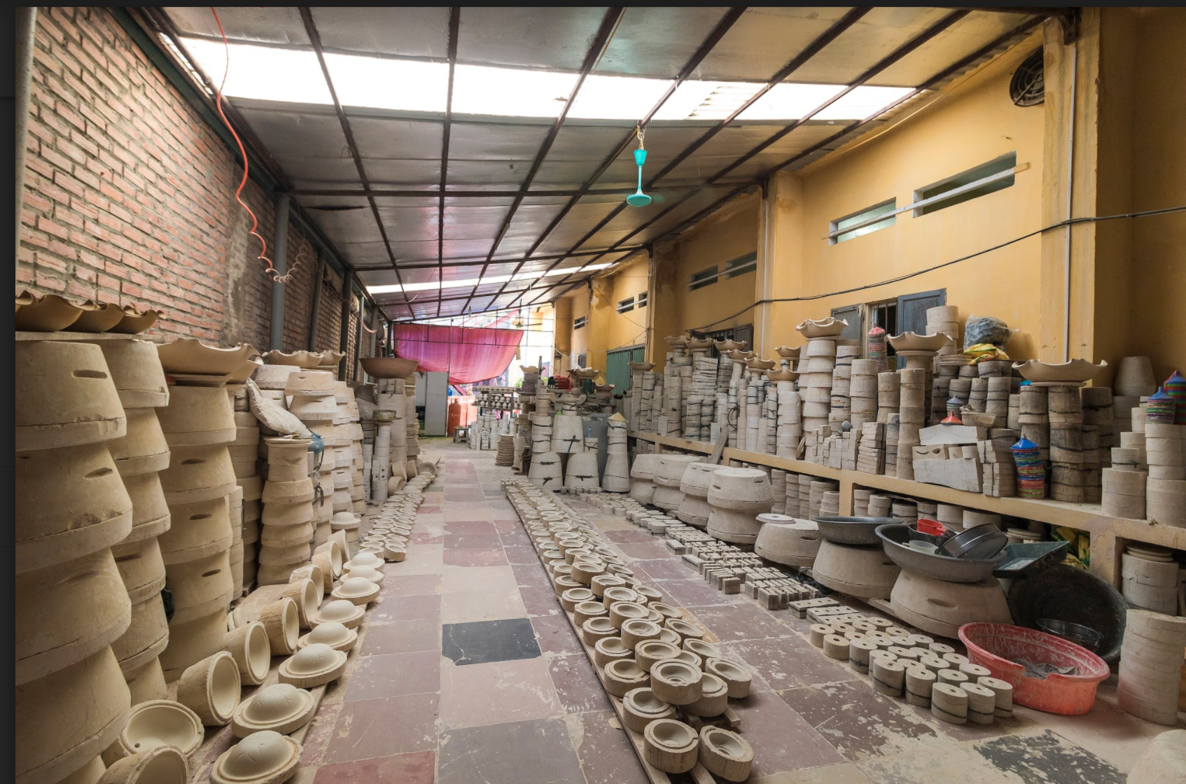

I recommend arriving at this village at 9 AM and staying until 1 PM to fully experience the area. From Long Bien bus station of Hanoi, the bus line 47 takes you right to Bat Trang Pottery Village. A walk around the market area is good for photos and sightseeing and maybe you’ll see a ceramic teapot you want to take home with you (but the prices here are quite touristy). The most exciting part is to drop by the pottery factory and experience making your own product. Whether it’s a little ceramic cup or a decorative item, you will receive careful instruction from the skilled host. The prices vary but it’s not higher than buying a ceramic cup in the market. Plus, it will be a fun pottery class!
Apart from factories making popular ceramic items and touristy market sites, there are a few factories that really make great products for export. Such places represent the true essence of Vietnam that can hardly be felt without investigation and much patience. They are hard to get into, though. Hung Hung factory is one of them. If you have a chance, don’t miss it.

After a trip around, you will have a bunch of choices for lunch in Bat Trang Village. Most restaurants here are well decorated, taking advantage of their traditional ceramic products.
Van Phuc Silk Village
Step into another 1,000-year-old lively relic of Vietnam! Ceremonial costumes of Nguyen Kings were made of silk from this village. Since 1958, the village’s masterpieces have been exported to Eastern European countries, expanding to many other countries afterward.
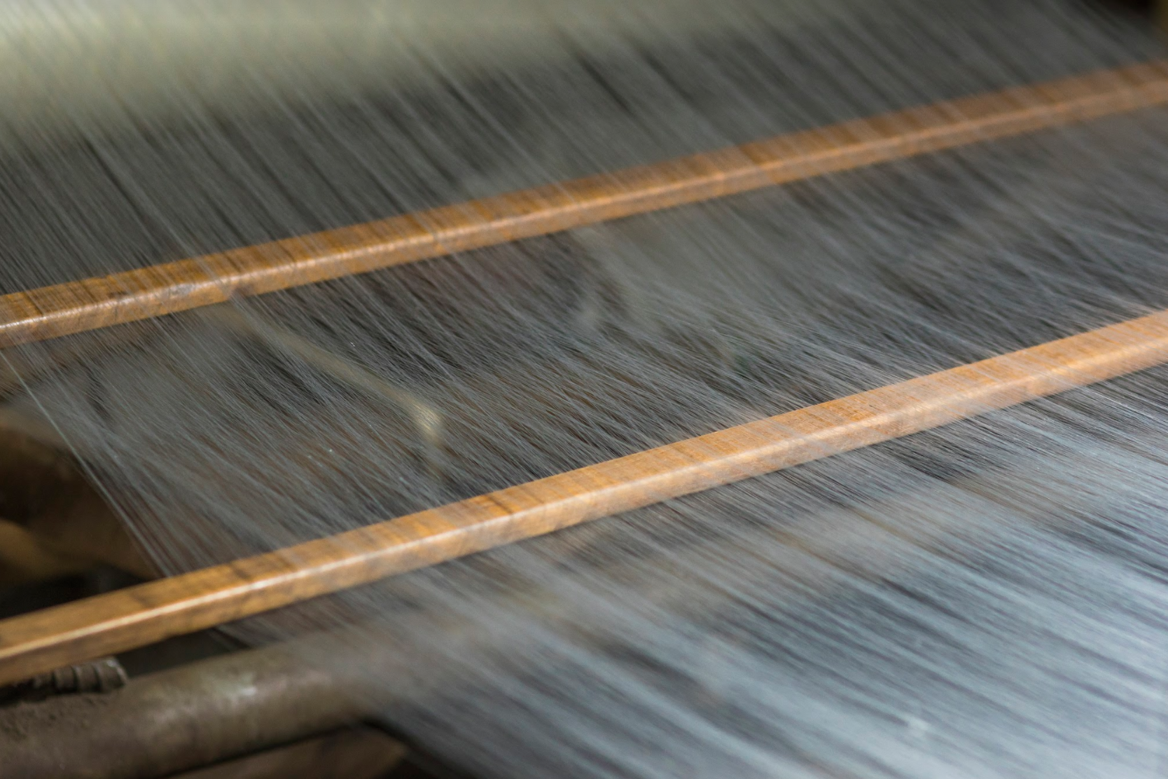
Apart from being exported widely and it’s economic value, the silk plays an important role in the mental life of the villagers. Every year, when it comes to the birthday celebration of an elder in the village, it is the traditional silk that is always chosen as the gift. This gift represents the whole process of growing the mulberry, raising silkworms, collecting the silk yarn, to creating delicate textures through love; ultimately showcasing this traditional occupation. This is what keeps Van Phuc Silk alive. If you try making your clothes with silk from this village, you will notice that it cools you down in the heat and warms you up in the breeze, like people always say.
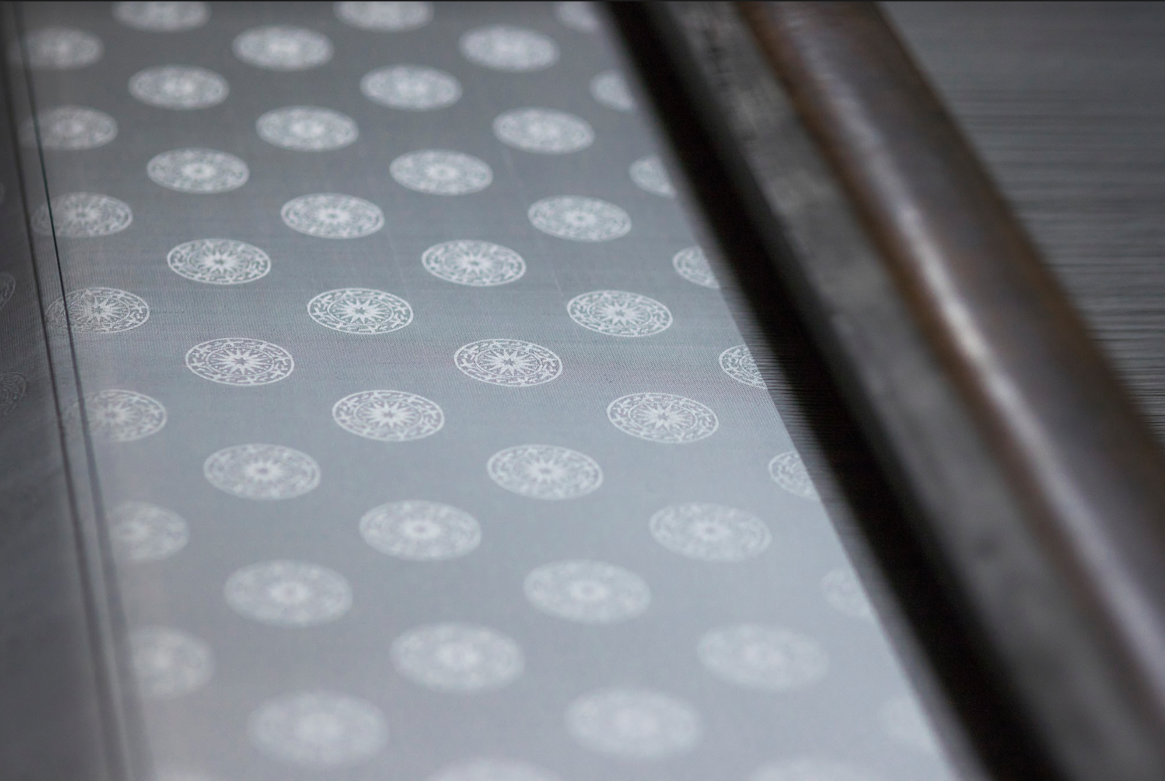
Taking a Grab or getting a taxi is the most recommended means of transport for you. A forty-minute drive is what you can expect.
Phu Vinh Village – Rattan and Bamboo Knit
If you have fallen in love with Vietnamese bamboo and rattan household tools, you will love a trip to this village. For 400 years, villagers have been constantly mastering their skills of making aesthetic and high-quality rattan products. If you hold a rattan basket in your hands, you may not know that in order to have such beautiful rattan sticks, people have to put in lots of effort, beginning from the rattan growing process in which the tree’s body must be kept and grown straight.

In today’s trend of anti plastic-waste and natural household items, little delicate products from Phu Vinh Village will nicely compliment your home. Don’t forget to learn several knitting techniques while you’re there so you can later play around with materials from your home!
From Hanoi, drive ten kilometers to the southwest to visit Van Phuc Silk Village, then another 20 kilometers in the same direction to enter Phu Vinh Village. This way, you won’t be driving back and forth.
Thach Xa Bamboo Village – Making Bamboo Dragonfly
The small rustic dragonfly toy you’re seeing is a real lesson of balance! This bamboo dragonfly can stand on a millimeter-wide surface, no glue!
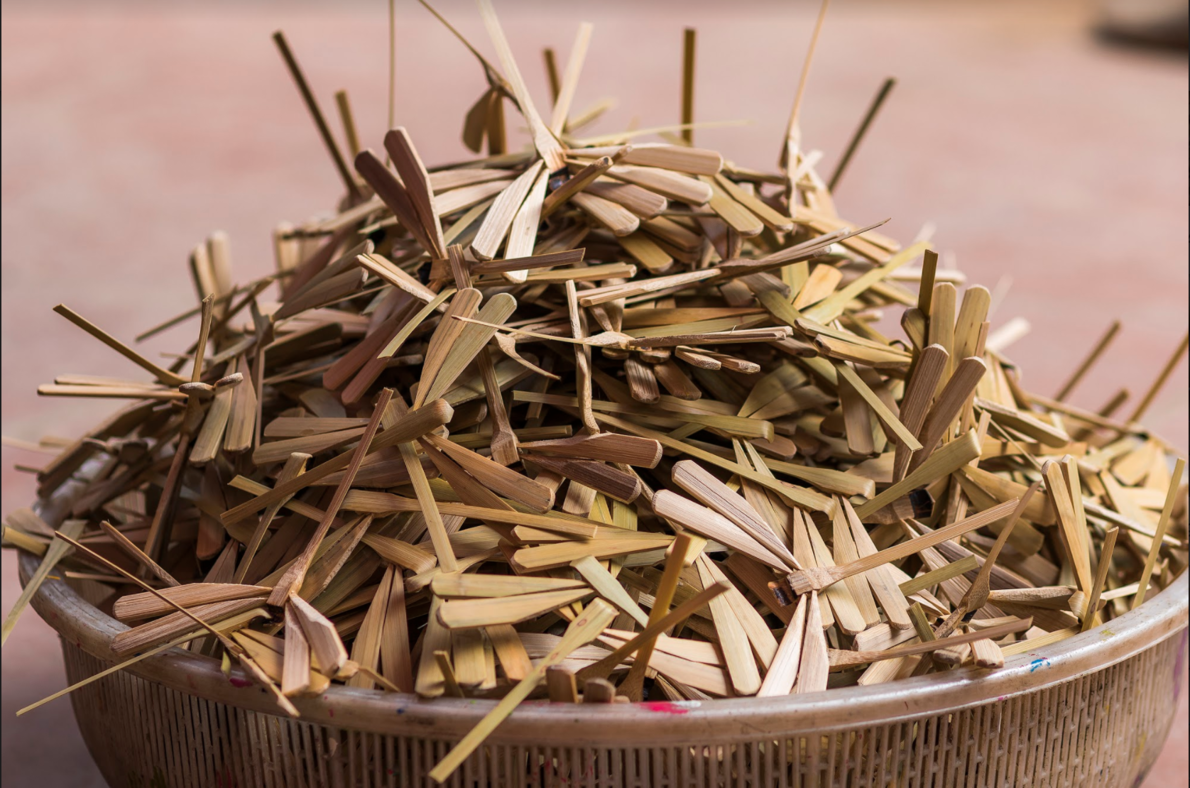
This seemingly simple dragonfly takes lots of steps to finish, starting from collecting high-quality bamboo from Hoa Binh Province and Ha Giang Province. Once the bamboo is collected, it’s sliced and cautiously shaped with particular ratios to create the beauty and ensure the balance of the dragonfly. The perforations must be exact so that when it’s assembled, the dragonfly will have no problem perching on even the smallest of surfaces. Last but not least, the final painting step requires patience and caution to finish the 1,000 pieces per day.
Although this process takes so long, each dragonfly is sold for about 10,000 VND! If you have a chance to visit the famous Tay Phuong Pagoda, don’t hesitate to drop by this village just next door to witness how people are playing with the art of balance!

Again, grabbing a cab or riding with a group of local friends is suggested, particularly when you are visiting quite a remote and non-touristy village like Thach Xa. Just navigate the way to Tay Phuong Pagoda or Thach That District, and you will soon find the way. One hour of driving is expected.
Che Lam Thach Xa Village
Che Lam is a moist cake made of yellow flower sticky rice, peanut, ginger, and molasses. This yummy dish is much loved in northern Vietnam, a great choice to enjoy with a cup of hot tea in the spring. Thach Xa Village is thought to make the best Che Lam in Vietnam. Today, there has been cooperation to make Che Lam production more organized in this village with up to 200 tons of products delivered to the market every year.
Beside visiting Tay Phuong Pagoda and the Bamboo Dragonfly village, you now have another lovely destination to experience in Thach Xa! Don’t forget to drop by, enjoy talking to the locals, experience the cautious process to make this delicious cake, and grab a bit of Che Lam as gifts for your kids or friends. With no chemical flavor and color, this natural cake will surely delight them.
Dao Xa Village – Making Musical Instruments
Part of the essence of Vietnam is our music. Hue Royal Court Music, for example, is recognized by UNESCO as a Masterpiece of Oral and Intangible Heritage. If you ever wonder how such musical instruments are made that produce this beautiful music, don’t hesitate to visit this small village located 50 kilometers to the south of Hanoi.

Villagers here are mostly farmers. Hardships on the farms, however, cannot stop them from producing the most delicate traditional instruments of Vietnam. Two hundred years ago, Sir Dao Xuan Lan started teaching instrument making skills to villagers. Since then, Dao Xa Village has been mastering this skill each new day. Once, Dao Xa villagers were sent to Hue, where they crafted musical instruments particularly used for the Royal Court Music performance. If crafting the wood is hard, the calibration process is likely ten times harder. The crafters need to be extremely careful in adjusting the sound. Interestingly, none of the crafters in Dao Xa Village know the basics of musical theory. They are simply farmers, making musical instruments as a part-time business to busy themselves during their agriculture-free seasons, and amazingly, they constantly create some of the coolest products that are loved by traditional musical artists all around the country.
In the tense days of the war (1945 – 1954), the village was badly damaged. But time, love, and lots of efforts have been healing the wound and the handicraft is gradually recovering in this small area. You can talk more to the respectful old man called Dao Van Soan – the man leading the recovery of this handicraft – to see more of the story behind the instrument and music. The best means of transport are car or motorbike with a local.
Quat Dong Embroidery Village
If you have a chance to visit this 400-year-old village, you will surely be amazed by their artwork. Their products, since the first establishment of the village, have successfully fulfilled the high demands of the royal family. A beautiful artwork is the final product of many delicate steps, from coming up with the concept of sketching, stretching the fabric, choosing the thread, and the most sophisticated part is the embroidering process. Children aspiring to be artists must start training in embroidery at a very young age. That’s why most middle-age ladies you meet can be called embroidery wizards! 😉
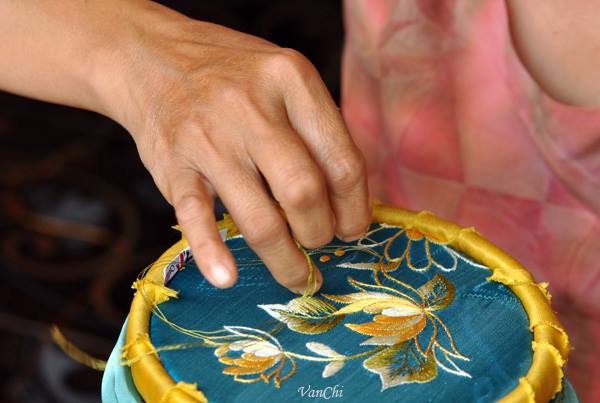
It is also in Quat Dong Village that you can witness how the wonderful two-face embroidery artwork is created. Two-face embroidery artwork is made of thin chiffon fabric and its two sides are equally beautifully embroidered. It’s just 23 kilometers to the south of Hanoi so you can drive here quickly (following National Road 1A). If you are looking for the most Vietnamese artworks for your gift set, don’t miss this village!
I always believe that to travel means to extend knowledge and expand love. If you have time, don’t hesitate to head a little way out of the city, because when night comes you will be ready to jump back into the hustle of the city. In the beginning, the distance to these villages might seem far, but if you make a small effort and share with the locals while you’re there, you will love your trip a lot more.
For a full guide of what breakfast you can’t miss in Hanoi, give this article a read. Our shopping specialist has put together shopping streets and shops worth some of your time as you wander Hanoi. We also have a full guide on where to stay in Hanoi. I hope your time in Hanoi is wonderful and filled with new experiences!
If you enjoyed reading this article and would like some more fun info about what to see, do and eat (and a bunch of interesting cafes!) in Vietnam, follow us at the 4U Trip!
